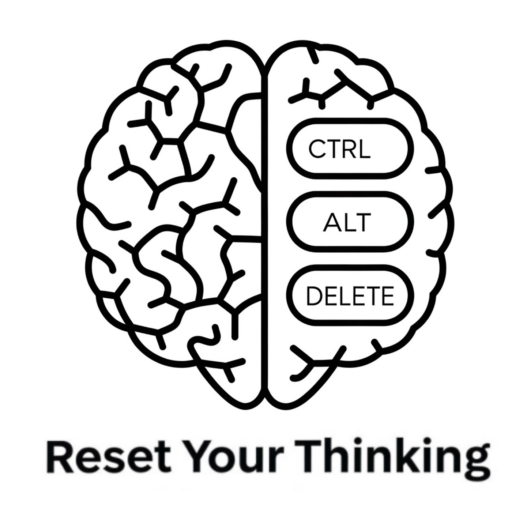This briefing document summarizes key themes and important ideas from the provided excerpts of Peter F. Drucker’s “The Essential Drucker.” The text emphasizes the fundamental role of the customer in defining a business, the importance of clear objectives, the strategic dimensions of management, and entrepreneurial strategies for new ventures and established organizations. Drucker consistently stresses a pragmatic, outward-looking approach to management, focusing on results, contributions, and understanding the realities of the market and society. The excerpts also touch upon social responsibility, the evolution of industrial research, cost management, people decisions, innovation, and the shift from a mechanical to an information-based worldview.
Main Themes and Important Ideas:
1. The Primacy of the Customer:
- Defining Business Purpose: Drucker argues that the sole valid definition of business purpose is “to create a customer.” He states, “To know what a business is, we have to start with its purpose. Its purpose must lie outside of the business itself. In fact, it must lie in society since business enterprise is an organ of society.”
- Customer Defines the Business: A business is not defined by its name or legal structure but by the “want the customer satisfies when he or she buys a product or a service.” The mission and purpose of every business is to satisfy the customer.
- Understanding Customer Value: What the customer buys is never just a product but always a “utility,” or what the product or service does for them. Businesses must understand the customer’s realities, situation, behavior, expectations, and values.
- Multiple Customers: Most businesses have at least two customers (e.g., consumer and retailer). Understanding the needs of each is crucial.
2. The Importance of Objectives and Strategy:
- Guiding Principles: Objectives are not fate but directions and commitments, mobilizing resources for the future. They should be like airline schedules – flexible based on changing conditions but essential for guidance.
- Marketing and Innovation as Foundations: These are the key areas where a business obtains results and for which a customer pays.
- Theories of the Business: Every decision-maker operates on a theory of the business. It is crucial for top management to clearly define “what our business is and what it should be” to ensure common vision and unity of direction.
- Market Expansion with Competition: Dominant suppliers in new markets may benefit from having competitors, as multiple players can expand the market more rapidly. Drucker illustrates this with Du Pont’s strategy of licensing innovations after initial investment recovery.
- Profit as a Need and Limitation: Profit is necessary to pay for achieving objectives and is a condition of survival, the “cost of the future.” The question of how much profitability is needed should be addressed after setting objectives in key areas.
- Mission-Driven Innovation: A clearly defined mission fosters innovative ideas and helps others understand the need for implementation.
3. Social Impacts and Responsibilities:
- Responsibility for Impacts: Businesses have a responsibility to take competence for their impacts on society.
- Acting Within Competence and Values: Institutions should refrain from tackling tasks that do not fit their value system. Doing so is likely to result in damage rather than good.
- Focusing on Defined Tasks: Social problems can sometimes be broken down into specific partial tasks that fit a business’s competence.
- “Primum Non Nocere”: The fundamental responsibility of a professional (including managers) is “above all, not knowingly to do harm.” This forms the basis of public responsibility ethics.
4. The Evolution of Technology and Industry:
- Emergence of Distinct Technologies: The rise of modern business was linked to the understanding that different industries (e.g., textiles, chemicals, electronics) have unique technologies, exemplified by Werner Siemens’s establishment of a dedicated research lab.
- The Research Laboratory: This became a key invention of the 19th century, fostering innovation within specific industries. However, the assumption that research output would be solely for the company or industry proved flawed (e.g., Bell Labs and the transistor).
- Shifting End Uses: Post-World War II, end uses are no longer uniquely tied to specific products or services. The want is unique, not necessarily the means to satisfy it (e.g., news delivery).
5. Cost Management and Economic Chains:
- The Keiretsu Concept: The idea of tying suppliers and customers together for planning and cost control has American origins (William Durant’s General Motors). Sears and Marks & Spencer also implemented similar models.
- Managing the Economic Cost Stream: Seeing the entire process of making, distributing, and servicing as one cost stream is crucial for efficiency, as pioneered by Durant.
- Activity-Based Costing: Applying cost accounting to services requires focusing on the activities at the center of costs and results (e.g., serving the customer in banking).
- Yield Control: Maximizing the yield from fixed resources (e.g., shelf space in retail) can increase profitability.
6. Picking People and Building on Strengths:
- Responsibility for Hiring Mistakes: If a person doesn’t perform in a role, the mistake lies with the person who placed them there.
- Focus on the Assignment: Effective executives focus on the nature of the assignment and the specific abilities required for it.
- Building on Strengths: Performance is built on strengths, not weaknesses. Demanding leaders focus on the ability to do the assignment and provide support for the rest.
7. Entrepreneurial Strategies:
- Unexpected Successes: New ventures should pay attention to and analyze unexpected successes, as they can reveal unforeseen market potential.
- Market Research Limitations for New Innovations: Traditional market research is ineffective for genuinely new products or services.
- Founder’s Role and Competencies: Founders must assess what the venture needs, their own strengths, and what they are truly passionate about doing. Sometimes, stepping away from daily operations is the best contribution.
- Creative Imitation: Waiting until someone else establishes a new market “approximately” and then improving upon it to meet customer needs. IBM and Seiko are cited as examples.
- Entrepreneurial Judo: Exploiting the habits and assumptions of established leaders, often by targeting underserved segments or offering simpler, lower-cost solutions (e.g., Sony with transistor radios, Japanese copier manufacturers).
- Ecological Niche Strategies: Aiming for control in a small area, making the business immune to competition. Three types:
- Toll-Gate Strategy: Providing an essential component to a process where the risk of not using it far outweighs the cost. The market must be limited.
- Specialty Skill Strategy: Developing high skill in a unique area early on (e.g., Delco in automotive electrical systems). Requires constant improvement but can lead to dependence on others for market access.
- Specialty Market Strategy: Focusing on specialized knowledge of a market (e.g., automated baking ovens for specific products).
- Creating Customer Utility: Innovation lies in the strategy itself, converting established products/services into something new by focusing on:
- Creating Utility (e.g., Lenox bridal registry)
- Pricing (e.g., Gillette’s razor and blade model, Xerox’s per-copy pricing)
- Adaptation to Customer’s Reality (e.g., lubricant company selling “trouble-free operations”)
- Delivering True Value
8. Developing Personal Effectiveness:
- Competence as the Foundation: Effectiveness requires competence, which can be acquired through practice.
- Responsibility for Contribution: Effective individuals relate their narrow area to the whole and understand the needs of others to make their own work usable.
- Feedback Analysis: Regularly comparing expected outcomes of key decisions with actual results to identify strengths, weaknesses, and areas for improvement.
- Understanding How One Learns: Recognizing individual learning styles is crucial for personal development.
- Values Alignment: Ideally, one’s work should align with their value system to ensure a sense of contribution.
9. The Decision Process:
- Generic vs. Unique Situations: Recognizing whether a situation is generic (recurring) or truly unique is essential for effective decision-making. Applying general rules to generic situations is key.
- Clear Specifications and Boundary Conditions: Decisions must have clear objectives and minimum goals (“boundary conditions”) to be effective. These should be based on interpretation and judgment, not just facts.
- Starting with What is Right: Effective decisions start with what is right to satisfy specifications, even if compromise is necessary later.
- Action Commitment: A decision is only effective if it leads to action. This requires answering the “five Ws”: What needs to be done? When? Who is responsible? Where? How?
- Communication is Crucial: Ensuring that everyone who needs to know about a decision is informed to avoid negative consequences.
- Measurement and Alternatives: Effective decision-making requires appropriate measurement of results and consideration of alternatives to gain true insight.
- Developing Disagreement: Encouraging dissenting opinions helps to uncover assumptions and leads to more robust decisions.
10. Innovation:
- Systematic Work: Innovation is not accidental; it is the result of hard, systematic work.
- Market-Driven: Innovation is an effect in the economy and society, driven by changes in customer behavior or processes.
- Conservative Innovators: Successful innovators are often systematic and analytical, not necessarily risk-takers in the popular sense. They focus on carefully analyzing opportunities.
11. The Functioning of Government:
- Weakening Cohesion: The cohesion of government is increasingly weakened by special interests.
- Focus on Essential Functions: The key questions for government are identifying its unique and necessary functions and organizing itself to discharge them effectively in a society of organizations.
12. Shift in Worldview:
- From Mechanical to Information: The invention of the computer in 1946 marked a shift from a mechanical worldview to one where information is the organizing principle, mirroring biological processes.
- Limitations of the Analytical View: The purely analytical worldview of the mechanical age often disregarded perception and intuition as invalid. A more holistic understanding is emerging.
Conclusion:
These excerpts from “The Essential Drucker” provide a foundational understanding of Peter Drucker’s enduring principles of management. His emphasis on the customer, clear objectives, strategic thinking, and a pragmatic approach to both opportunities and challenges remains highly relevant for managers and leaders in today’s dynamic environment. The text encourages a constant focus on contribution, responsibility, and understanding the broader societal and economic context in which organizations operate.
RYT Podcast is a passion product of Tyler Smith, an EOS® Implementer (more at IssueSolving.com). All Podcasts are derivative works created by AI from publicly available sources. Copyright 2025 All Rights Reserved.

